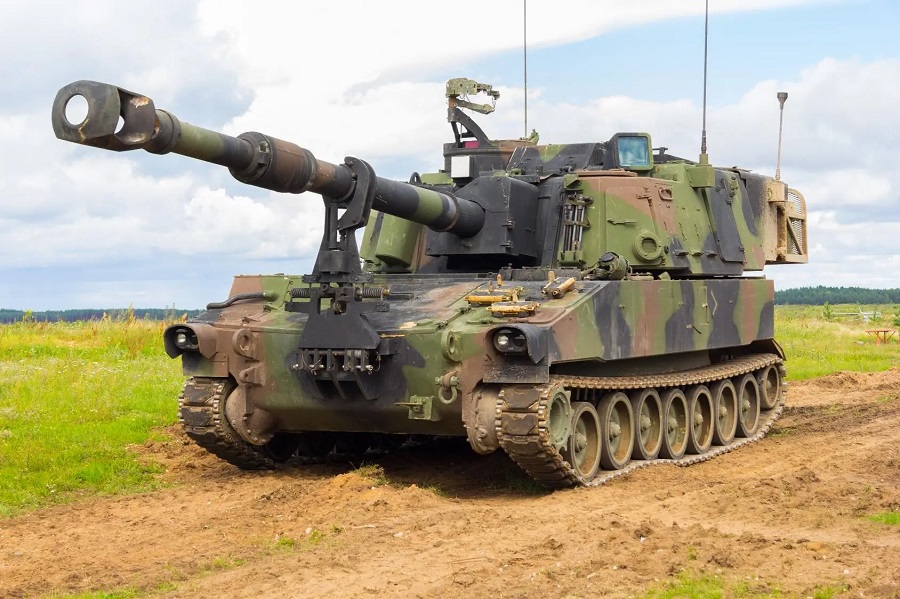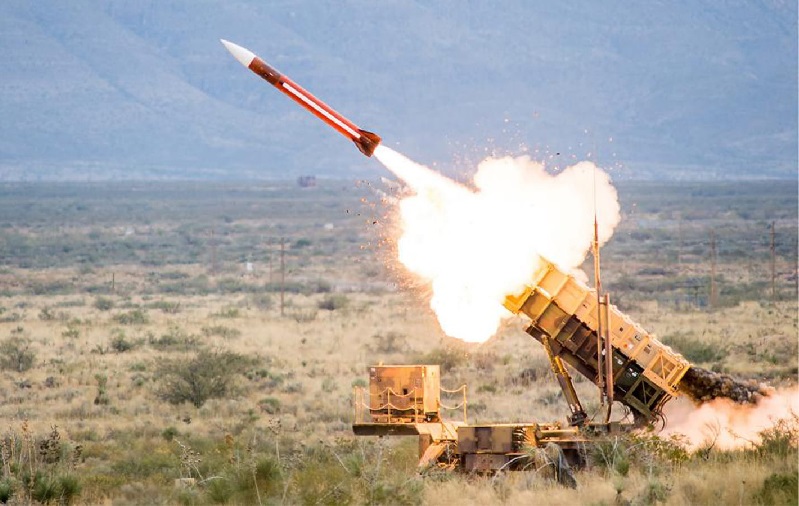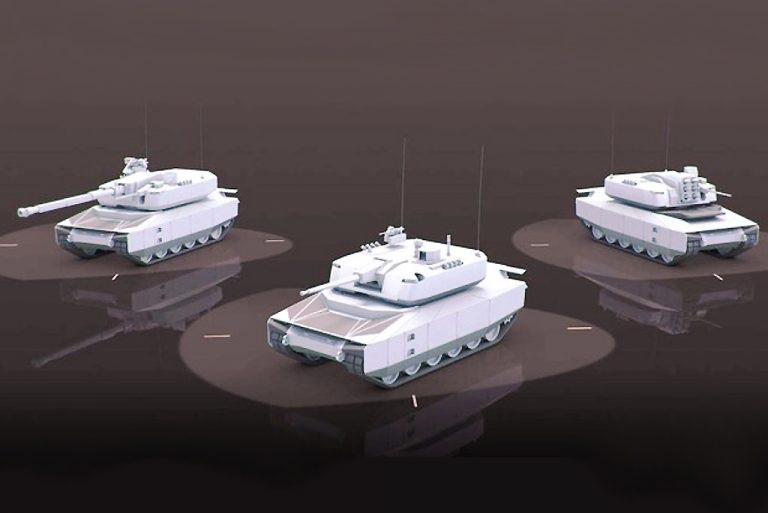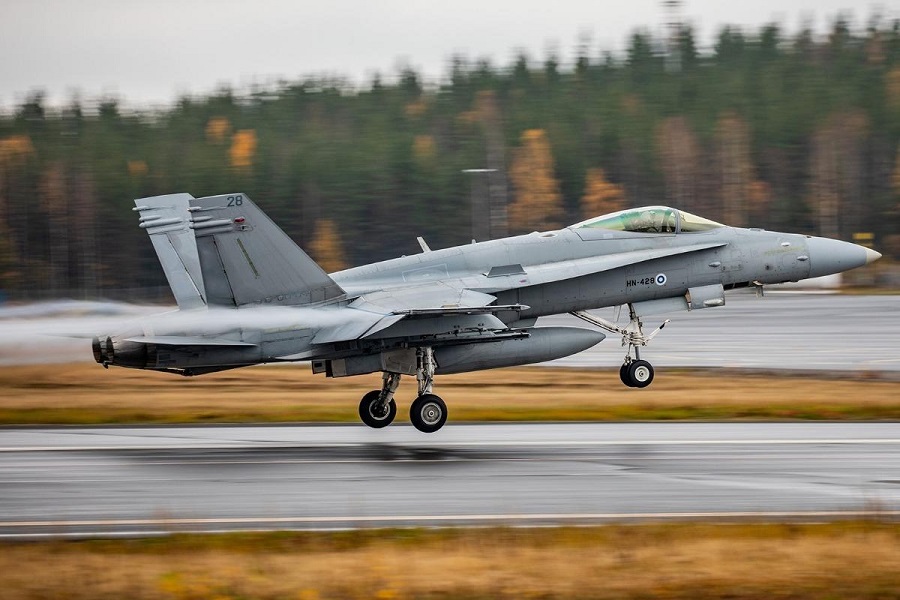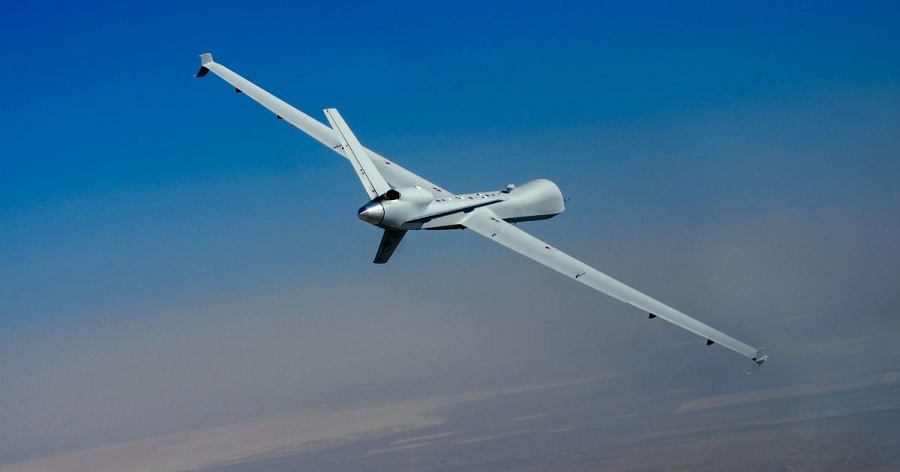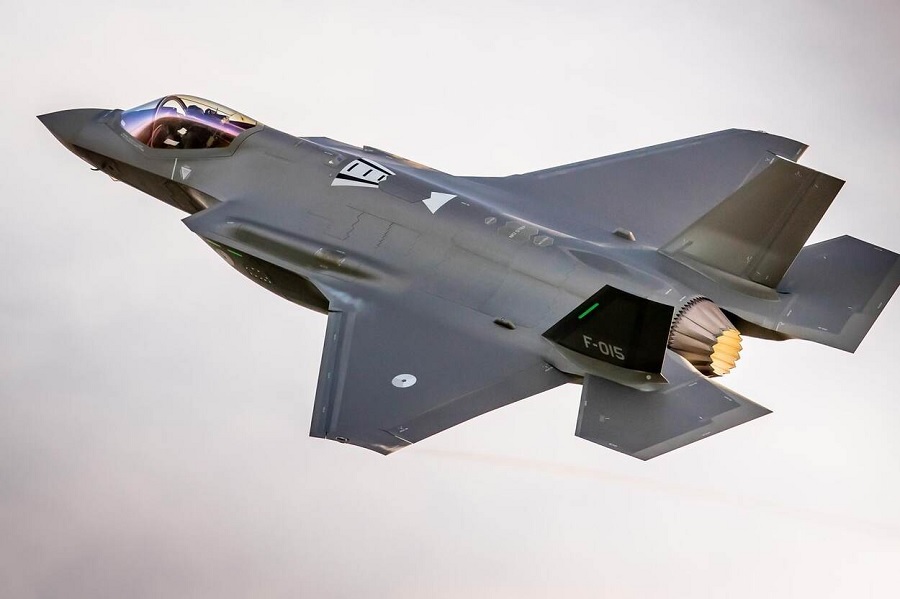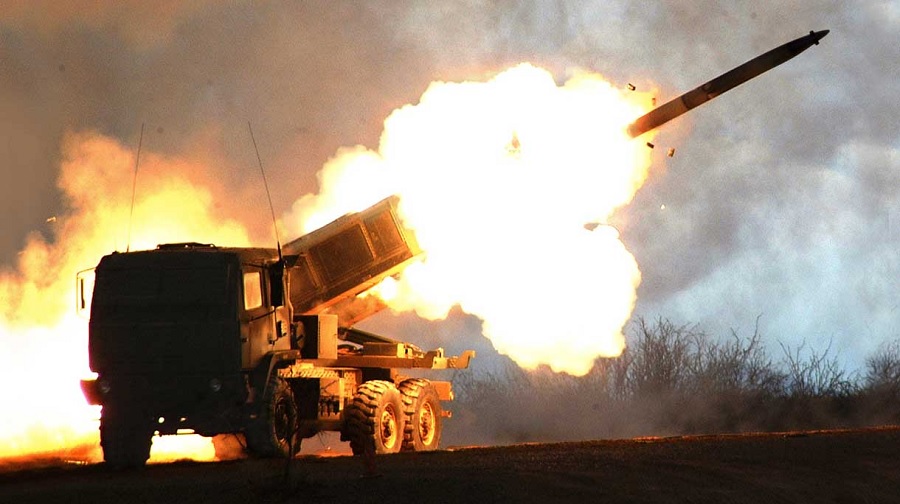The MVRS-700 family
The Muzzle Velocity Radar System MVRS-700 family was first introduced in 1988 as a state of the art FFT based Tactical Muzzle Velocity Radar System designed to be integrated in the modern artillery systems. The design is based on the well proven W-680 Doppler Analyser and the SL-520 Doppler Antenna from Weibel in production since 1982. The 15 years of experience in Muzzle Velocity Measurements from the W-680 are incorporated in the small MVRS-700.
Already the original design of the MVRS-700 made extensive use of the newest electronic technologies including Surface Mounted Technology (SMT) and highly integrated Digital Signal Processing Circuits (DSP). This was design philosophy was chosen in order to ensure optimum performance and reliability with minimum size.
The MVRS-700 system consists of a Doppler Antenna mounted on the non recoiling part of the gun with a clear view of the muzzle and first part of the trajectory, and a Processor & Display unit placed near the gunner or battery coordinator a flexible cable connects the Processor unit and the Antenna.
The Antenna unit contains all necessary microwave electronics and an acoustic trigger, it is powered and controlled from the processor unit and submits Trigger and Doppler signal to the processor unit where the signal are digitized and stored for digital signal analysis immediately after the signal has been recorded. The result is presented to the operator on the display typically 2 seconds after the shut was fired, simultaneously the result can be submitted to a Fire Control Computer (FCC) connected to the serial interface of the Processor unit.
MVRS-700 can be delivered with the Weibel Muzzle Velocity Estimator. In addition to the calculated muzzle velocity the estimator gives the associated standard deviation (3σ) for the actual measurement. Monitoring the standard deviation enables the Fire Control Computer to automatically identify and reject inaccurate measurement results.
In 1992 the unique self calibrating technology was added and the enhanced version MVRS-700E introduced. The self calibrating technology ensures that the MVRS-700 never needs to be calibrated during its entire life cycle. The system automatically calibrates itself with the speed of light as reference.
The unique self calibration technology invented by Weibel and only used by Weibel has the following advantages:
- No need for regular calibration
- Reduced maintenance cost
- Reduced logistics cost
- The weapon system does not need to be taken out of service for radar calibration.
At the same time the variable transmitting frequency option was added to the MVRS-700, ensuring that several guns can be placed very close without causing interference between the Muzzle Velocity Radars.
The MVRS-700C first introduced in may 1996. Is designed for integration in modern self-propelled howitzers like the American M-109A6 (Paladin) or the German PzH2000. These modern weapon systems already contains an integrated Fire Control Computer and does not need a separate keyboard and display unit. In the MVRS-700C the processor has been incorporated in the Antenna unit and the entire system consists of only one unit connected to the FCC and power supply with a single cable.
The motion compensation feature, enabling the system to measure and accurately compensate for the actual gun jump, was introduced as an option in all systems in 1999.
The youngest member of the MVRS-700 family is the MVRS-700SC introduced in 1999. This version is even smaller than the MVRS-700C, and takes advantage of the latest developments in integrated electronics, all control, acquisition and processing electronics are integrated on a single circuit board. The system uses new 3.3 Volt logic circuits to obtain the lowest possible power consumption while still showing superior performance.
The MVRS-700SC
The Weibel MVRS-700SC Muzzle Velocity Radar System is a battery operated portable or vehicular installed unit. The system is based on state of the art radar technologies. The Doppler radar antenna is made using micro strip array antennas and all electronic components in the system are solid state technology.
The rugged mechanical and electronic system design combined with the above listed electronic design criteria ensures high reliability and resistance to blast and vibrations effected by all known conventional weapons. The MVRS-700SC is a tactical and militarized muzzle velocity radar system designed to operate under field conditions.
The MVRS-700SC consists of the Antenna/Processing unit and a cable connecting the unit to 24 Volt DC power and the Fire Control Computer (FCC). The MVRS-700SC Muzzle Velocity Radar System operates on the Doppler principle. The Doppler radar antenna transmits a microwave CW signal, receives the echoed signal from the projectile, and subtracts the transmitted signal from the received signal generating the Doppler signal. The Doppler signal is amplified and transferred to the digital processing part of the system.
The analog signal is converted to a digital representation and stores it in a digital memory. The muzzle velocity is calculated using Fast Fourier Transformation (FFT) and digital signal processing. The use of a FFT-based calculation enables the system to measure on all types of ammunition and calibers including:
- Conventional
- Base bleed
- Mortar bombs
- Tracer
- Anti-tank
- APFSDS
- Rockets
- Flechets
- Burst rounds
- High drag practice rounds
The system is designed to measure velocities from 30 to 3000 m/s with an over-all system accuracy better than +/- 0.05%. The precision in the muzzle velocity measurement is better than 0.1% with motion compensation.
The calculated muzzle velocity is transmitted to the FCC via the serial interface and also stored internal for later readout. The system can store up to 1000 muzzle velocity results in a non-volatile memory.


